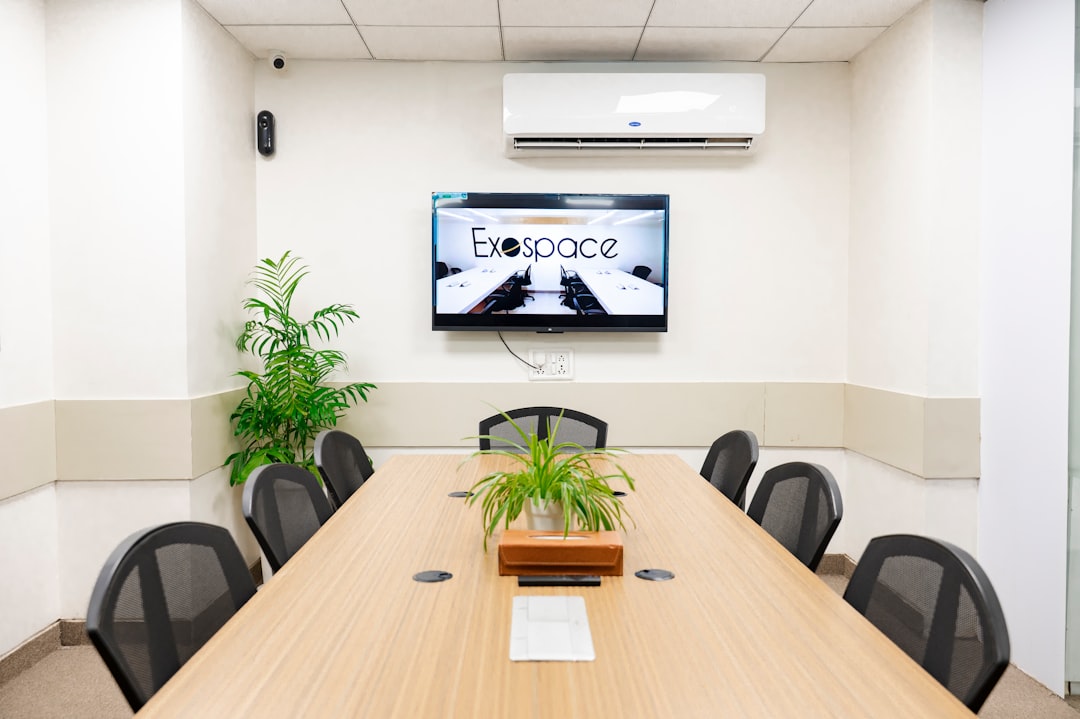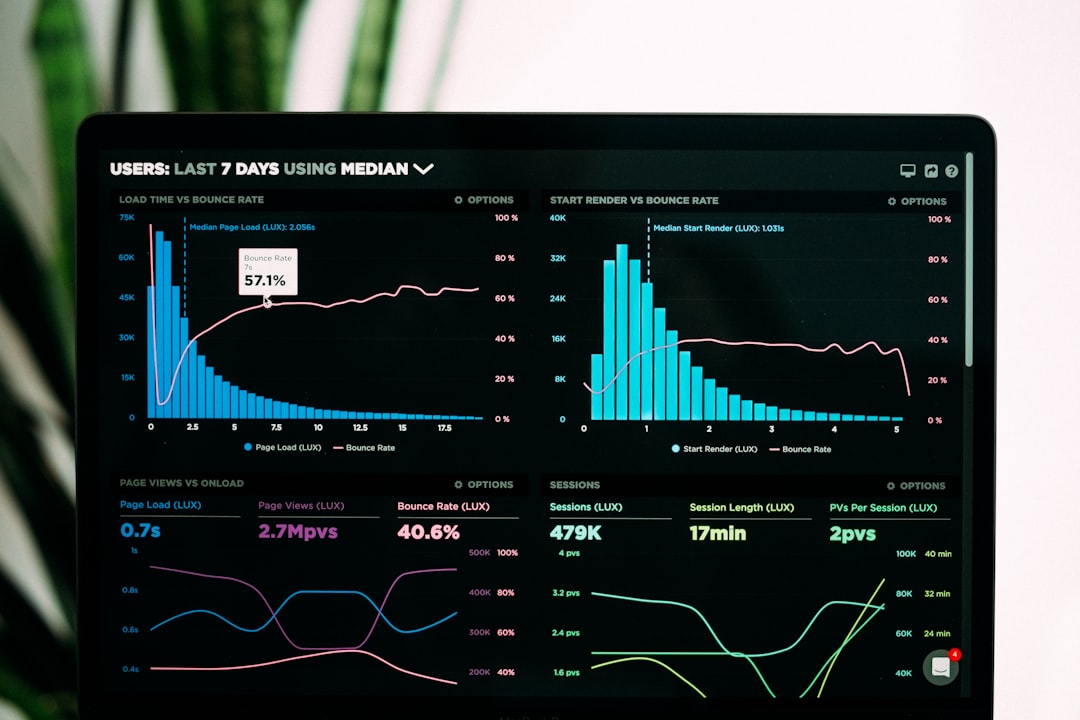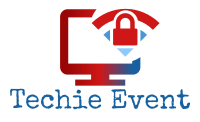Imagine this: you’re a manager sipping coffee in your home office, trying to figure out if your remote team is actually working or binge-watching their favorite series. Sounds familiar? That’s where employee time monitoring swoops in to save the day!
These days, remote and hybrid teams are everywhere. Across America, people are choosing flexibility over cubicles. But while the benefits are awesome, managing teams that are spread out can be tricky. Don’t worry, we’ll make it simple and fun to understand why time tracking tools are your new best friend.
Why Remote Work Needs a Bit of Structure
Working from home rocks! Pajamas, coffee refills, and no long commutes. But it also brings distractions—like pets, laundry, and yes, TV.
Without a set schedule or daily check-ins, some employees might slack. Others might overwork and burn out. Time monitoring helps managers strike the right balance. Everyone wins.
Here’s why a little structure is good:
- Fair workload distribution
- Healthy work-life boundaries
- Accurate pay and productivity tracking
It’s not about spying—it’s about support and balance.
So… What Is Employee Time Monitoring, Anyway?
Think of it as a digital clock that keeps track of when and how your team works. It’s software that runs quietly, recording hours, activities, and even idle time.
Don’t worry, it’s not creepy! It’s more about helping people stay focused and productive.
Typical features include:
- Time tracking (start and stop timers)
- Project tracking (break time by tasks)
- Activity levels (keyboard and mouse use)
- Screenshots (at random intervals, optional)

Top Reasons Time Monitoring Makes Life Easier
If you’ve got remote or hybrid workers in your team, you’ll love these benefits.
1. Keeps Everyone Accountable
It’s tough to know who’s working when you can’t see them. Time monitoring makes it clear who’s online, when they started working, and what they’re working on.
This keeps everyone honest and builds a culture of trust—not mistrust. When people know they’re being tracked, they show up ready to contribute.
2. Better Project Planning
Ever underestimated how long a task would take? Yeah, we all have.
Time monitoring tools help you learn how long tasks really take, so future planning becomes accurate. You’ll stop overpromising and underdelivering—your clients will love that.
3. Easy Payroll and Invoicing
Paying employees or freelancers based on their time? Then a time tracker is your new best buddy.
With it, you can:
- Export accurate timesheets
- Use automated reports
- Avoid manual errors
It saves you time and money—not to mention stress!
4. Improves Focus and Productivity
People feel more responsible when they know their time is being tracked. It’s human nature.
It’s like setting a timer when studying. You get more done because the clock is ticking. The same effect happens with employees—the tracker helps them zoom through the work.
5. Helps Identify Bottlenecks
If one person is taking five hours on a task that usually takes two, maybe they need help—or the task is more complex than expected.
Instead of guessing, time monitoring gives you real clues. You can dive in and fix problems faster.
The Hybrid Team Challenge
Hybrid teams—some in the office, some at home—bring their own challenges. Half your team is at the water cooler, the other half is in pajamas. 😄
It can create confusion and feelings of inequality. Decisions might get made in the office, while remote workers miss out.
Time tracking bridges that gap:
- Everyone’s work is measured the same way
- No one gets overlooked
- Helps spot who needs more support or recognition
Consistency creates fairness, and that leads to harmony.

Make It Fun: Time Monitoring Doesn’t Have to Be Dull
If your team groans at the mention of time tracking, jazz it up a bit!
Here are fun ways to get buy-in:
- Use gamification: offer points or rewards
- Share cool weekly productivity charts
- Celebrate time-management wins in meetings
Make time tracking feel like a challenge, not a chore. Your team will respond better when it’s introduced with positive energy and explained clearly.
Tips for Introducing Time Monitoring
Nervous about how your employees will react? It’s all in the presentation.
Here’s how to get your team on board:
- Be transparent: Explain why you’re doing it. It’s not about surveillance—it’s about support and efficiency.
- Choose the right tool: Go for user-friendly software that respects privacy and has team-friendly features.
- Train your team: Show them how it works. Make it a smooth, simple process.
- Collect feedback: Ask for opinions. Make changes if needed. This builds trust and collaboration.
Bonus: It Helps Managers Too!
Managers don’t have to micromanage or chase status updates anymore. The data tells the story.
You’ll instantly see:
- Who’s behind on tasks
- Who’s exceeding expectations
- What’s blocking progress
You’ll spend less time guessing and more time leading.

Final Thoughts
Employee time monitoring isn’t about spying or breathing down necks. It’s about creating a better, more balanced work environment—especially for remote and hybrid teams.
With smart tools and a little planning, you can boost productivity, create fairness, and help your team do their best work—wherever they are in America.
So go on, take the plunge. Time tracking just might be the secret sauce your team’s been missing!
